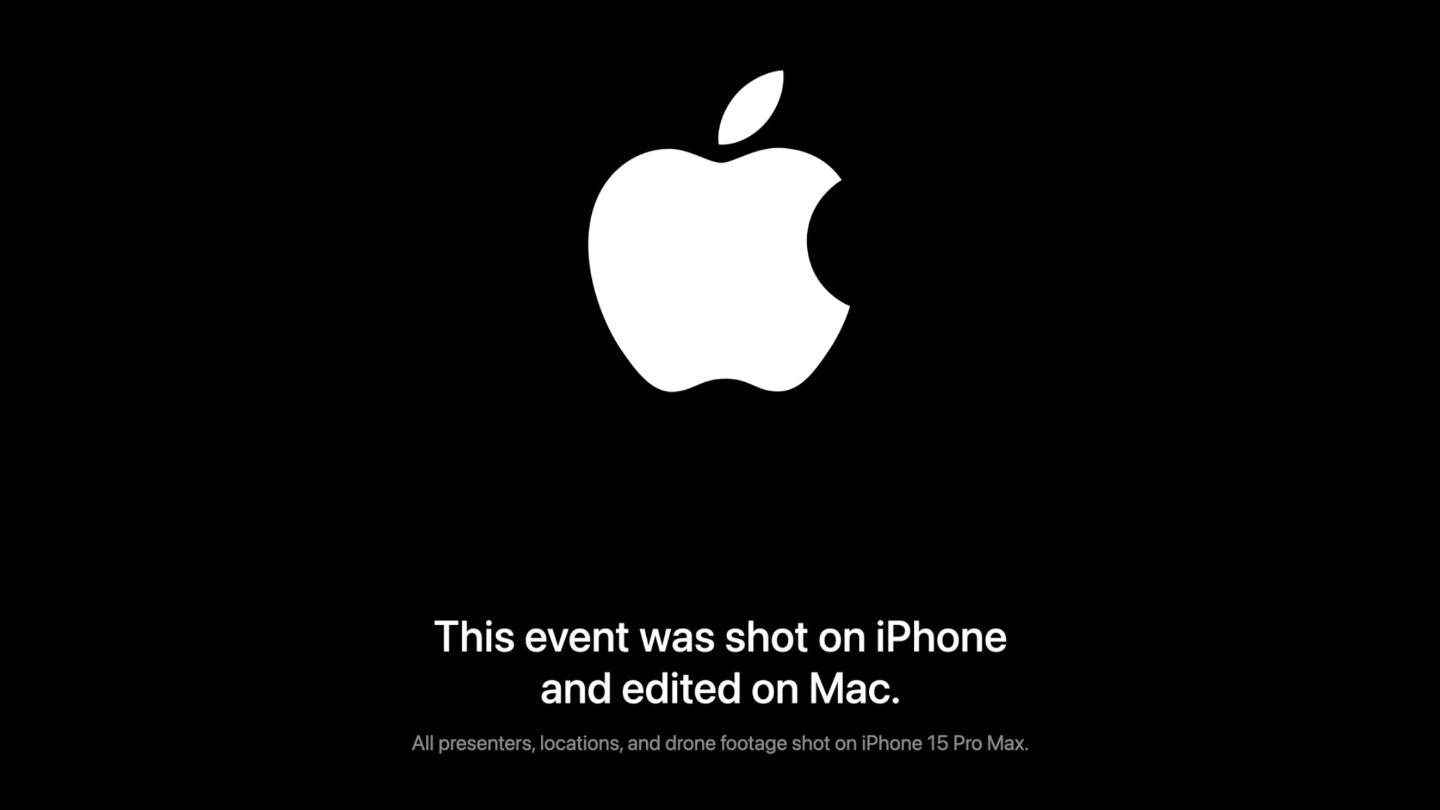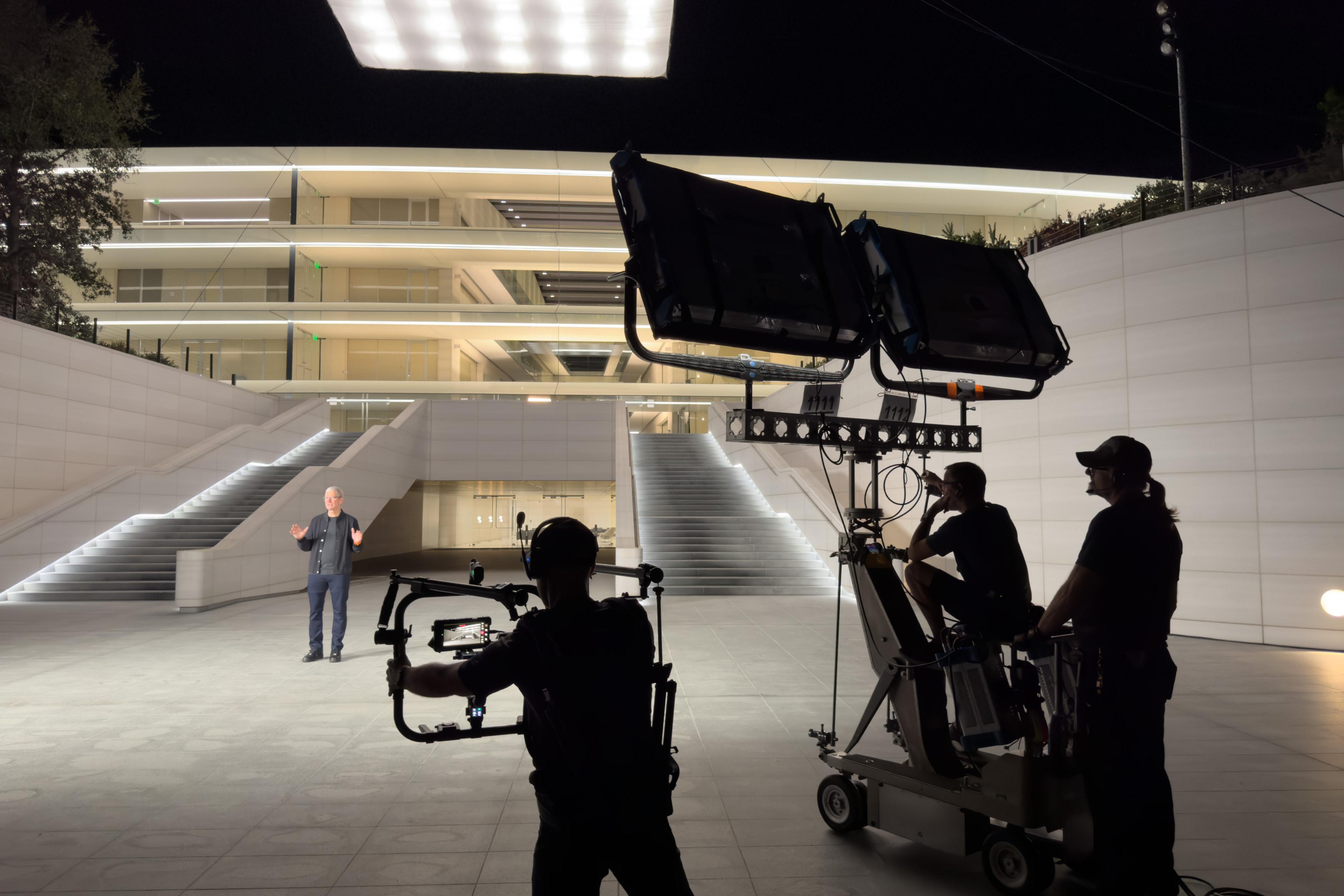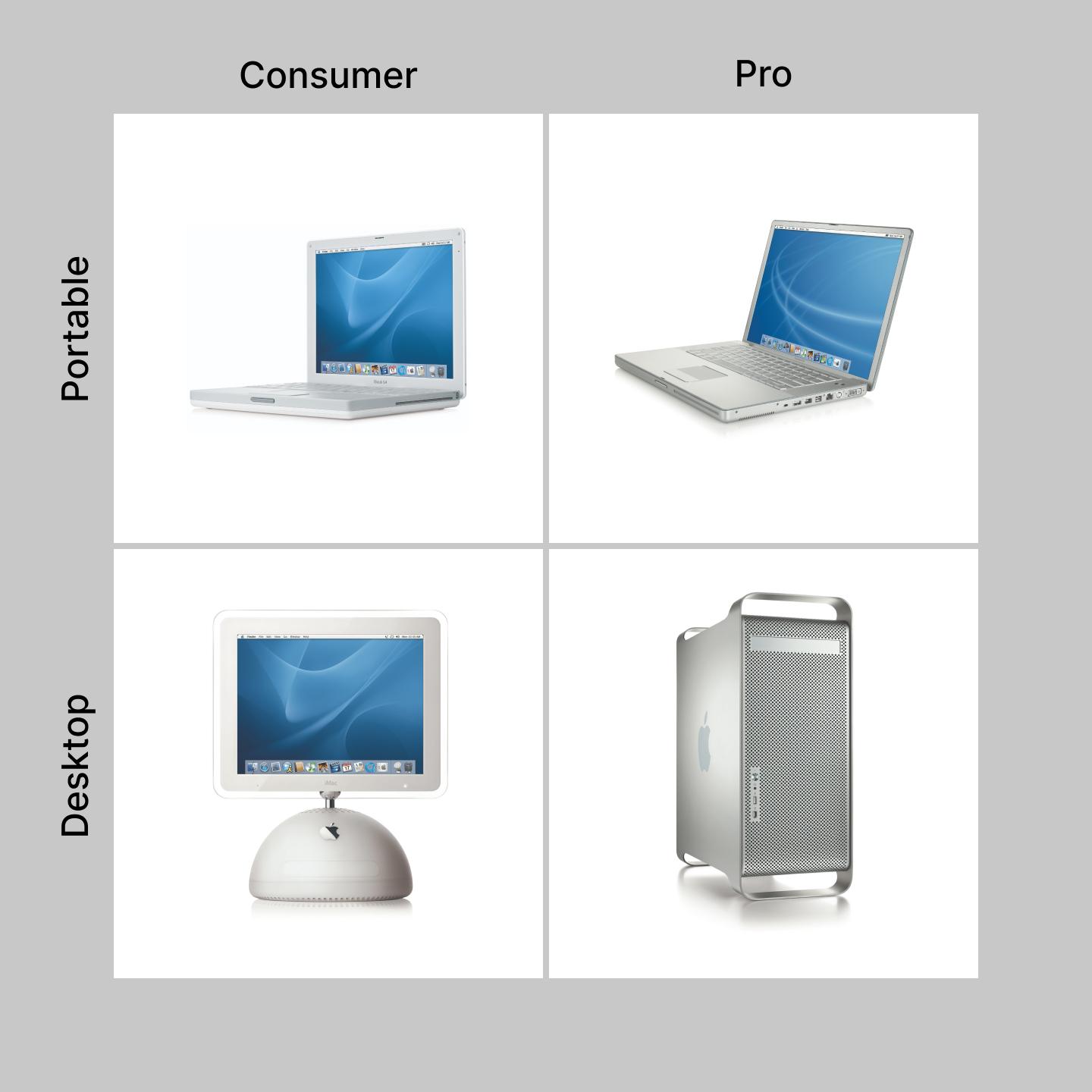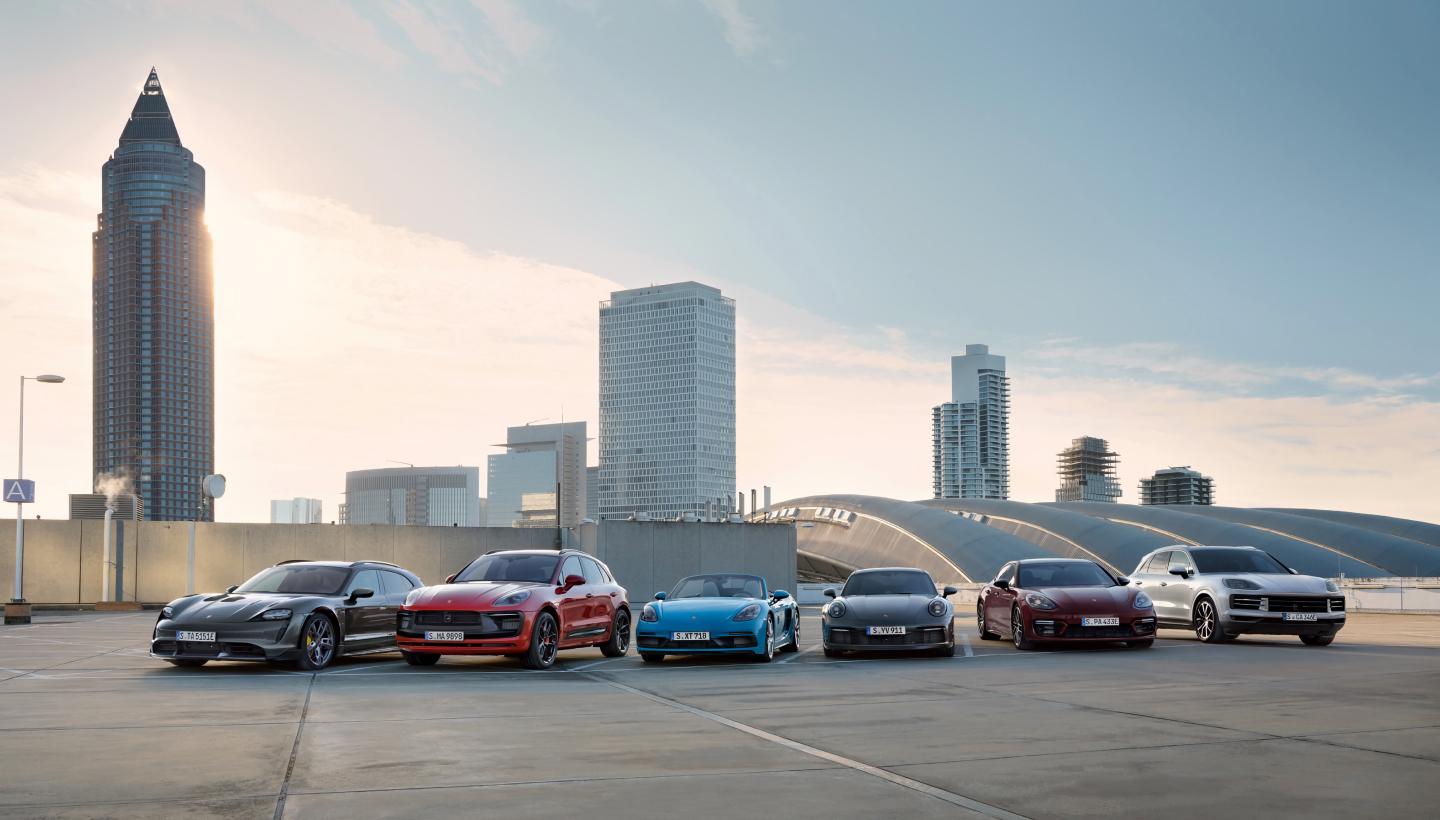
What does “Shot on iPhone” mean anymore?
5 min read Nov 3, 2023
Apple recently broadcast its Scary Fast event. At the very end of the video, after an outro song, was the message, “This event was shot on iPhone and edited on Mac. All presenters, locations , and drone footage shot on iPhone 15 Pro Max”.

Soon after, they released a behind the scenes post and video documenting the mechanics of shooting the event on the iPhone, including the extensive use of professional equipment.
 Behind the scenes of
shooting the event
Behind the scenes of
shooting the event
A critical reception
Many celebrated Apple’s achievement. Others were critical. Jess Weatherbed, writing for The Verge, said the following:
The gear shown in the “Scary Fast” behind-the-scenes footage is fairly standard for big studio productions, but Apple’s implication with these so-called “shot on iPhone” promotions is that anyone can do it if only they buy the newest iPhone.
Are they really being misleading? No one who saw the sweeping nighttime drone shot over Apple Park, would think that the event is possible without specialized equipment.
Furthermore, as Jess admits, in a professional video shoot, the camera is merely a component of a large network of equipment including multiple cameras, lenses, storage, monitors, microphones, audio recorders, lighting, stands, stabilizers, and more.
John Gruber, in his defense of Apple, calls the Verge piece cynical, but I’d say that The Verge’s and others’ takes ignore how both the meaning and audience for “Shot on iPhone” has changed over the years.
Apple’s two big customer segments
Look closer at threads on social media and forums where tech enthusiasts are arguing this topic, there are two groups notably absent.
First are the average consumers that make up a majority of Apple’s customer base — people who didn’t see Scary Fast, yet own most of Apple’s products and likely have no interest in shooting a video like Apple’s events.
Second are video professionals, a subset of the greater professional market.
Apple caters separately to these different markets. Steve Jobs showed a 2x2 matrix in keynotes after his return to Apple. It broke down their product strategy into desktops and portables for consumers and professionals.
 Apple’s product matrix as of late
2003
Apple’s product matrix as of late
2003
Similar customer segmentation can be found nearly everywhere in business. For example, Porsche is popularly known for its timelessly designed sports cars. However, in 2022, 81% of the vehicles they sold were SUVs and four-door sedans.
 The Porsche lineup as of
2022
The Porsche lineup as of
2022
There’s logic to this approach. The profits from the SUVs and sedans fund the research and development of the performance cars. The performance cars elevate the status of the brand. The technology developed for the performance cars then trickles down to the SUVs and sedans.
Apple’s approach is similar. The iPhone has long been Apple’s equivalent of a SUV, providing profits that it can funnel into R&D of its flagship professional products, who elevate the brand and whose features eventually make their way into consumer products.
Shot on iPhone
In 2015, Apple unveiled a sweeping international advertising campaign called Shot on iPhone with an accompanying gallery on its website (archived on archive.org).
 The Shot on iPhone
World Gallery
The Shot on iPhone
World Gallery
By then, Smartphones had trounced digital cameras, whose sales peaked in 2010 and were dwindling by 2015.
Om Malik wrote a fantastic piece comparing the iPhone to the Kodak Brownie. In it he quotes Michael Pritchard, President of the U.K-based Royal Photographic Society:
The Brownie was transformative because it allowed people to take photographs, get decent results most of the time and then share those photographs through the family album, in a way it was much quicker and simpler to do without having any technical knowledge.
The Brownie excelled at a single job: capturing and sharing memories. The iPhone was by 2015 the best tool for that job.
Om connects the dots to the iPhone:
The Brownie was built to sell film. The iPhone’s camera was built, improved, and advertised to sell the phone. But Apple quickly realized that photography, as something that connected with humans at an emotional level, was the killer app for the iPhone. That insight has paid off handsomely.
The Shot on iPhone campaign aimed to shift perceptions of the iPhone, from a computer with basic photo capabilities to a true camera.
It conveyed a message to consumers: the iPhone is all the camera you’ll ever need.
Blurred lines
This message has transformed as the iPhone has advanced.
2020’s iPhone 12 Pro added Dolby Vision, the first of many features targeted at professionals. The iPhone 13 Pro brought ProRes video recording, and this year’s iPhone 15 Pro brought log encoding, recording to external drives, Academy Color Encoding System. These are professional features that average consumers don’t care for.
 A setup from Apple’s Scary
Fast event shoot
A setup from Apple’s Scary
Fast event shoot
Here, the comparison to the Kodak Brownie and Porsche get complicated.
No one in the 1900s would have mistaken a Brownie for a professional camera. No one today would mistake a Porsche Cayenne SUV for a Porsche 911 sports car. These are different products that look nothing alike, perform different jobs for their customers, and are priced differently.
That strict segmentation is absent in the iPhone models. Pro iPhones look similar to their non-Pro counterparts, perform similarly in day-to-day use and are only 25% more expensive.
New meaning of Shot on iPhone
Apple has continued to update and evolve the Shot on iPhone campaign as the iPhone has itself evolved. Apple held competitions to highlight new features like night mode and macro. As the iPhone has gained professional features, Apple has been showing how people are using iPhones in professional shoots. The film introducing the iPhone 15 Pro was full of professional video shoots.
By now, the question of whether a smartphone can be a good everyday camera has been laid to rest. Therefore, Shot on iPhone no longer needs to be about telling consumers that the iPhone is a great pocket camera.
The new message is for professionals: iPhone can take the place of a professional camera that costs as much as a luxury car. It’s not the only equipment you’ll need, but you already knew that.
 A setup from Apple’s Scary
Fast event shoot
A setup from Apple’s Scary
Fast event shoot
Thanks to Q for reading drafts of this.